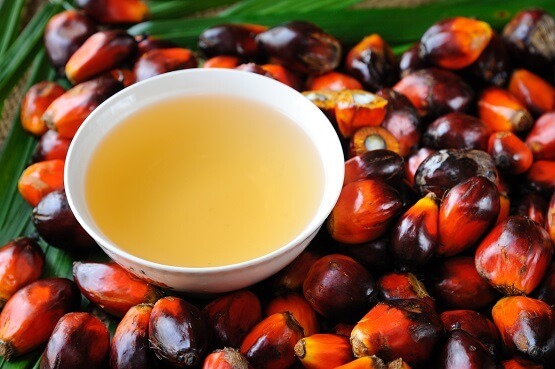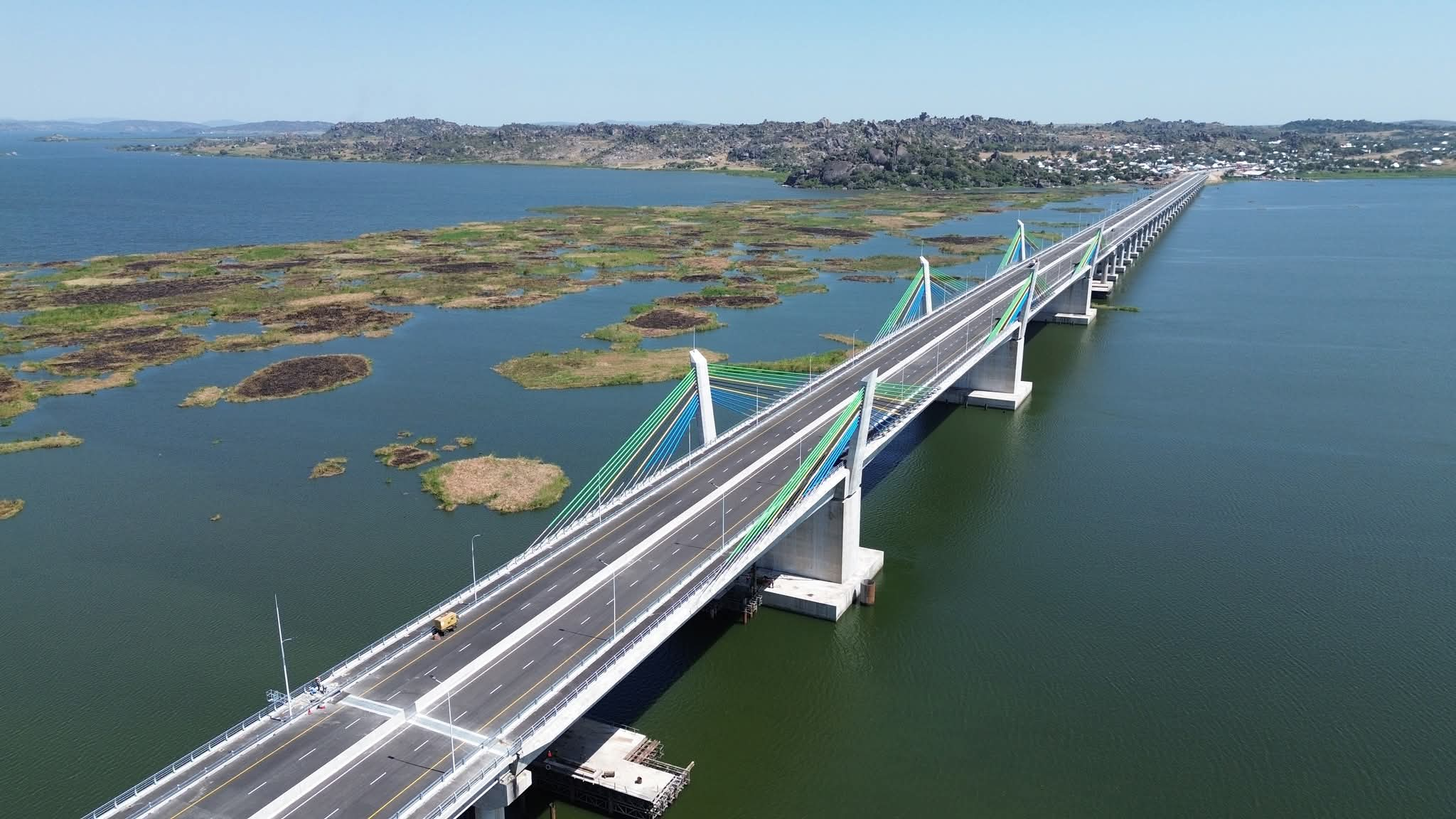PALM OIL: From West Africa to Asia, the Dominant Status of Indonesia as Largest Producer in the World

Did you know that Indonesia and Malaysia are by far the largest palm oil producing nations, and together they account for 85-90 percent of the total production of this vegetable oil?
Originally found in West Africa, the oil palm tree is now cultivated across Asia, Africa and Latin America. Oil palm crops grow in humid tropical conditions, which can be found 8 to 10 degrees north and south of the equator. Important producing countries of Palm oil are Colombia, Indonesia, Malaysia, Nigeria, and Thailand, but Indonesia remains the world's biggest palm oil producer and exporter. The country has nearly 17 million hectares of palm plantations.
Oil palm plantations stretch across at least 12 million hectares (30 million acres). There are several different types of plantations, including small, privately owned plantations, and larger, state-owned plantations. In addition to servicing traditional markets, Indonesia is looking to put more effort into producing biodiesel. China and India are the major importers of palm oil, accounting for more than a third of global palm oil imports.
Palm oil production is important to the economy of Indonesia as the country is the world's biggest producer and consumer of the commodity, providing about half of the world's supply. In 2016, Indonesia produced over 34.6 million metric tons (34,100,000 long tons; 38,100,000 short tons) of palm oil, and exported 25.1 million metric tons (24,700,000 long tons; 27,700,000 short tons) of it.
Production of palm oil in Indonesia has, since 1964, recorded a phenomenal increase from 157,000 metric tons (155,000 long tons; 173,000 short tons) to 41.5 million metric tons (40,800,000 long tons; 45,700,000 short tons) in 2018 and a total of 51 million metric tons (50,000,000 long tons; 56,000,000 short tons) will be needed in 2025 to sustain international and domestic demands.
Palm oil accounts for 11% of Indonesia's export earnings of $5.7bn. Maintaining its status as the world's largest producer of palm oil, Indonesia has projected a figure of 40 million metric tons (39,000,000 long tons; 44,000,000 short tons) by 2020. In this context, the global production figure given by the Food and Agriculture Organization (FAO) was 50 million metric tons (49,000,000 long tons; 55,000,000 short tons) for 2012, equivalent to double of the 2002 production. This increase is also reflected in increases of Indonesia's production of palm oil for the same period, from 10.300 million metric tons (10,137,000 long tons; 11,354,000 short tons) in 2002 and 28.50 million metric tons (28,050,000 long tons; 31,420,000 short tons) in 2012.
The entire oil production is derived from Indonesia's rainforest which ranks third in the world, the other two being in the Amazon and Congo basins. The three main business models for palm oil production in Indonesia are private large scale plantations, nucleus estate smallholders, and independent smallholders. Palm trees that were planted about 25 years ago have an annual average production rate of 4-metric-ton-per-hectare of oil (1.6 long ton/acre; 1.8 short ton/acre).
Borneo and Sumatra are the two islands that account for 96% of Indonesia's palm oil production. As of 2011, there were 7.8 million hectares (19 million acres) of palm oil plantations, with 6.1 million hectares (15 million acres) of these being productive plantations under harvest, thus making Indonesia the global leader in crude palm oil (CPO) production. According to World Bank reports, nearly 50% of CPO produced in the country is exported in an unprocessed form, while the remaining is processed into cooking oil, about half of which is exported, while the rest is consumed locally.
In April 2022, President Joko Widodo announced that the country will effectively ban palm oil exports starting April 28, until further notice. The policy is said to guarantee availability of affordable cooking oil in the domestic market. In return, this has flustered global markets and sent the commodity's price to historic highs.
The crude palm oil production system is vital to the economy of Indonesia and has many domestic and foreign uses. It provides a major export source through food and for industrial use. It is also used for domestic food, biodiesel, and biofuel. It is estimated that the population of Indonesia will grow to 285 million people in 2025 which will lead to an increased domestic demand for vegetable oil. In addition, other domestic industrial uses of palm oil are to support the pharmaceutical, cosmetic, and chemical industries.
However there are a variety of health, environmental, and societal impacts that result from the production of palm oil in Indonesia. A recent publication by the NGO Rainforest Action Network (RAN) indicates that the use of palm oil by some of the biggest chocolate and snacks' producers is increasing this problem. Looking at Indonesia's GHG emissions breakdown, climate change mitigation will mainly come from controlling forest fires and peatland conservation. REDD+ (Reducing Emissions from Deforestation and Forest Degradation in Developing Countries) will be ‘an important component of the NDC target from [the] land-use sector’. This implies that there will need to be large economic incentives and inputs from outside resources to ensure that land-use change is prevented.
Source: Wikipedia
#penglobalfactfile #palmoil


_1755775186.jpg)
